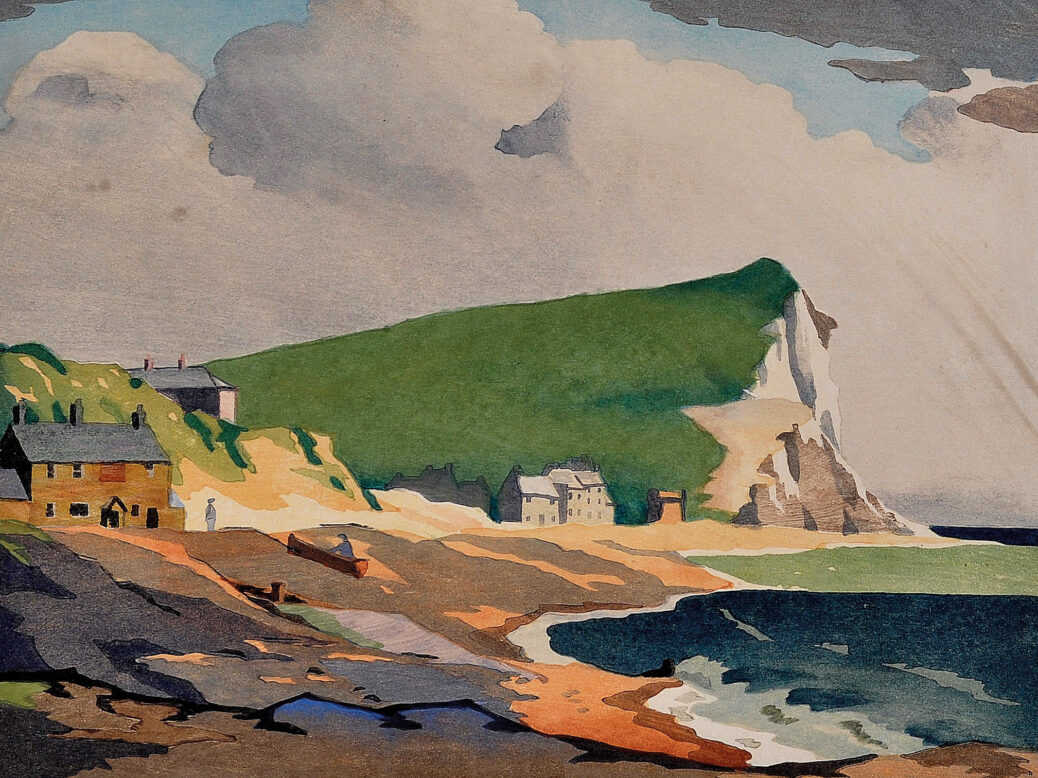
In 1853, when Commodore Perry used his Black Ships to menace Japan into ending its policy of self-isolation, it was the creation of a new market for American goods that was uppermost in his mind. The niceties of cultural exchange were of no concern to the gunboat diplomat. But while the American presence within Japan was widely resented, the dissemination of Japanese culture into the West was both welcome and transformative.
Within a matter of years, Japanese porcelain and prints had started a fad that became a craze among European artists. Manet and Monet, Whistler and Van Gogh, Beardsley and Bonnard were just a few of those whose work shifted as a result of lessons learned from Hokusai, Hiroshige and other Japanese “artists of the floating world”. By the 1920s, Japonisme had made it to Seaford on the Sussex coast too. There, in the small seaside town between Brighton and Eastbourne, a quiet and unassuming man named Eric Slater briefly gave the Japanese art of watercolour woodcuts a distinctively English twist.



